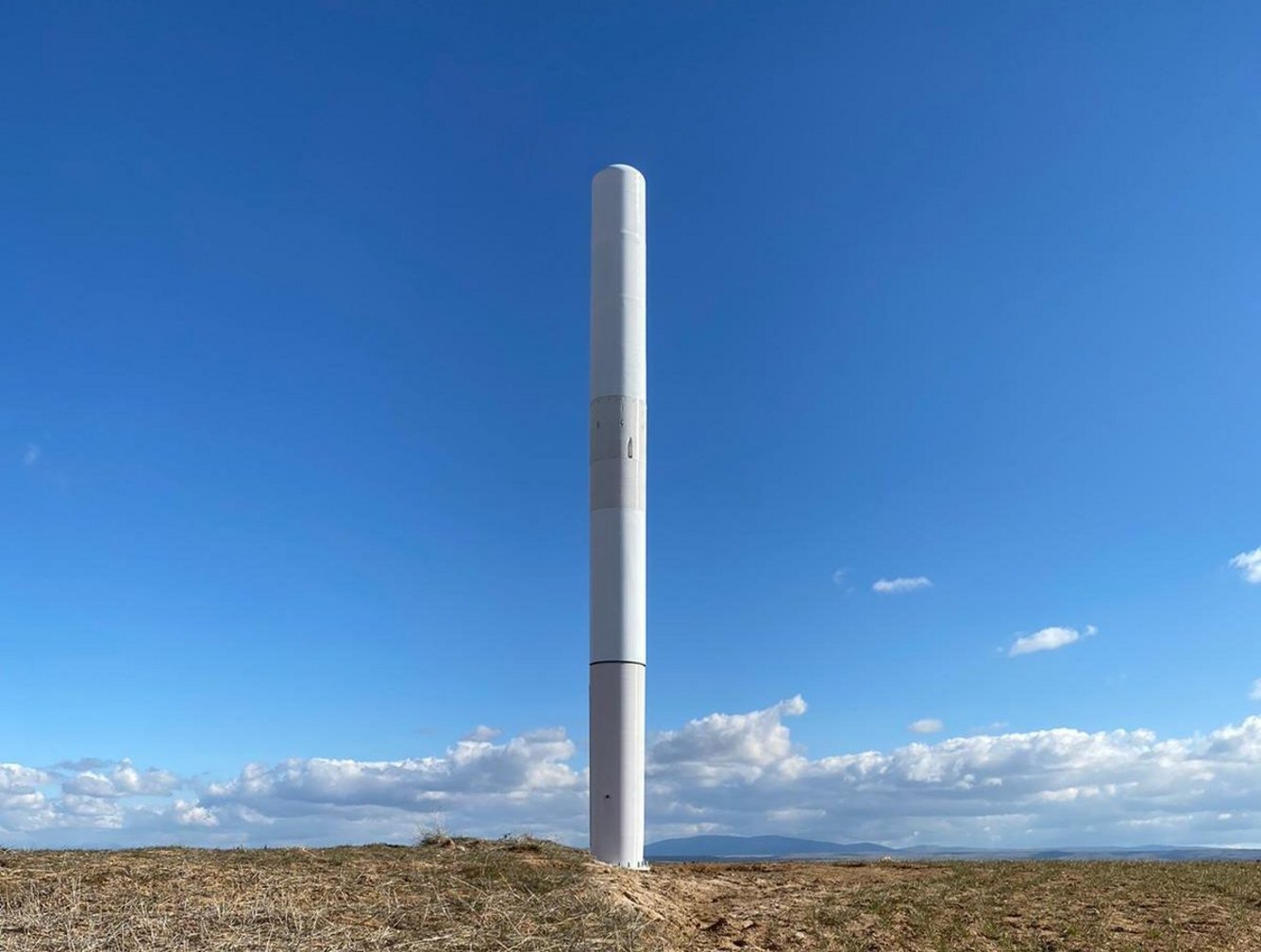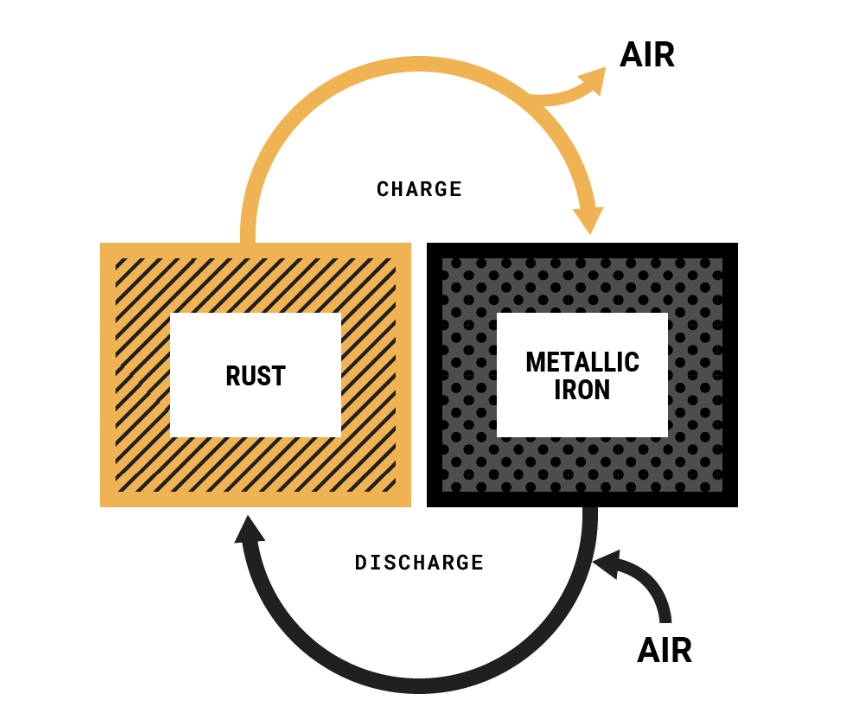
Game-Changing Innovations: The Latest in Sustainable Technologies, Renewable Energy, and the Battle Against Climate Change (June–October 2024)
Over the past few months, significant advancements in sustainable technologies have emerged, as industries and governments intensify their efforts to combat climate change. Innovations in renewable energy generation, storage, carbon capture, and the circular economy are moving at a rapid pace, signalling hope in the fight against global warming. Let’s explore some of the most notable developments from June to October 2024, and their potential to reshape global responses to the climate emergency…
Solar Energy: Greater Efficiency and New Solutions
Solar energy continues to lead the renewable energy charge with groundbreaking innovations. In September, European researchers announced a new world record for solar efficiency: 33.7% in tandem perovskite-silicon solar cells. This leap integrates perovskite layers with silicon to capture more sunlight, resulting in higher energy output. These advanced cells could significantly lower solar energy costs, accelerating the transition to renewable power sources globally.
Moreover, solar energy storage is evolving rapidly. In Spain, a project utilising molten salts for thermal energy storage is in development. These salts can store excess solar energy produced during daylight hours, before releasing it at night. Such technology promises to overcome one of the major challenges facing solar power—its reliance on sunlight—and could make solar a 24/7 energy source, enhancing its reliability for large-scale deployment.

Image Credit: Stocksy
Wind Energy: Offshore Expansion and Innovative Designs
As for wind energy, the sector is making significant strides, particularly in offshore projects. In July, Norway inaugurated the world’s largest floating wind farm, which generates 2 gigawatts of power, enough to supply over 1 million homes. Floating wind turbines are a significant development since they can be deployed in deeper waters where winds are stronger and more consistent. This advancement opens new possibilities for wind energy in countries with deep coastal waters, such as Japan and the United States, which are currently limited by conventional offshore wind technology.
Onshore wind technology is also evolving. Spain is testing a bladeless wind turbine design that uses oscillating rods to generate electricity. This turbine operates without the visual and noise pollution associated with traditional turbines, potentially expanding wind energy in urban or densely populated areas where conventional turbines face resistance.

Image Credit: Energy Magazine
Battery Technology: Pioneering Long-Term Energy Storage
Energy storage remains a key challenge for renewable energy, but several promising breakthroughs have emerged. For instance, Iron-air batteries, showcased in August 2024 by U.S. company Form Energy, are generating excitement due to their ability to store energy for days rather than hours. This breakthrough makes iron-air batteries a game-changer for renewable energy systems, enabling more stable energy grids even during periods of low sunlight or wind.

The basic principle of operation is reversible rusting.
While discharging, the battery breathes in oxygen from the air and converts iron metal to rust.
While charging, the application of an electrical current converts the rust back to iron and the battery breathes out oxygen.
Image Credit: Form Energy
At the same time, solid-state batteries are nearing commercial viability, particularly for electric vehicles. In September, Toyota revealed its prototype solid-state battery, which offers faster charging, longer range, and improved safety compared to lithium-ion batteries. This technology is expected to be integrated into Toyota’s next-generation EVs by 2025 and could significantly boost the adoption of EVs, which are crucial for reducing emissions in the transport sector.
Green Hydrogen: A Clean Energy Frontier
Green hydrogen is rapidly gaining momentum as a clean fuel for industries that are difficult to electrify, such as shipping, aviation, and heavy manufacturing. In July, the European Union launched the Hydrogen Valley initiative, which aims to establish over 100 hydrogen hubs by 2030. These hubs will become centres for hydrogen production, storage, and distribution, thus accelerating the adoption of hydrogen as a sustainable energy source across Europe.
In Australia, the construction of the world’s largest green hydrogen production facility began in August. Set in Western Australia, the facility aims to produce 10 gigawatts of hydrogen annually by 2030, providing clean energy for both domestic use and export. The rise of green hydrogen projects similar to this is expected to drive down costs, providing a viable alternative to fossil fuels.
Circular Economy and Sustainable Materials: Reducing Waste
Advancements in the circular economy are driving significant progress in reducing waste and improving resource efficiency. In September, a consortium of leading electronics manufacturers launched the “Right to Repair” initiative, which aims to extend the life of consumer electronics and reduce electronic waste. This initiative is particularly important for addressing the environmental impact of e-waste, which contributes millions of tons of global waste each year.
At the same time, sustainable materials are seeing a push forward. In August, a new biodegradable plastic alternative made from seaweed and shrimp shells was introduced to the market. This material, which decomposes in a few weeks, could be a major step toward addressing the global plastic pollution crisis. If widely adopted, it could significantly reduce the amount of single-use plastic waste in oceans and landfills.

Image Credit: HuffPost UK
Conclusion: Progress with Challenges Ahead
The recent months have witnessed significant advancements in sustainable technologies, from improved solar and wind systems to breakthroughs in battery storage and green hydrogen. These developments provide hope for tackling climate change, but scaling these technologies and ensuring global adoption will be critical. Investment, policy alignment, and international cooperation will be key in determining their long-term impact on global emissions.
As the world continues to innovate and push the boundaries of renewable energy and sustainability, recent breakthroughs suggest that the path to a low-carbon future is increasingly within reach. The next decade will be crucial in determining how these innovations can help mitigate the worst impacts of climate change and transform global energy systems for good.

